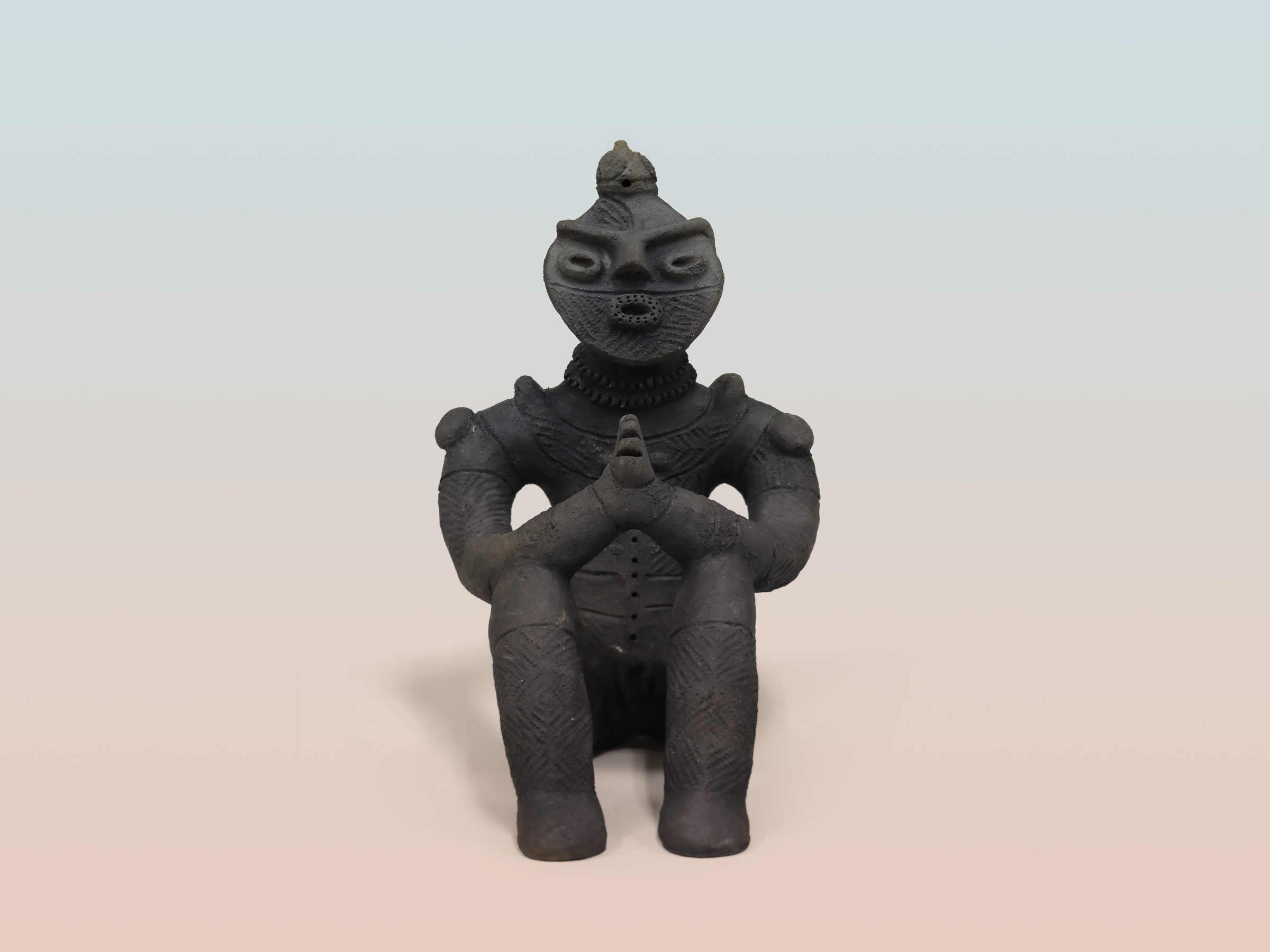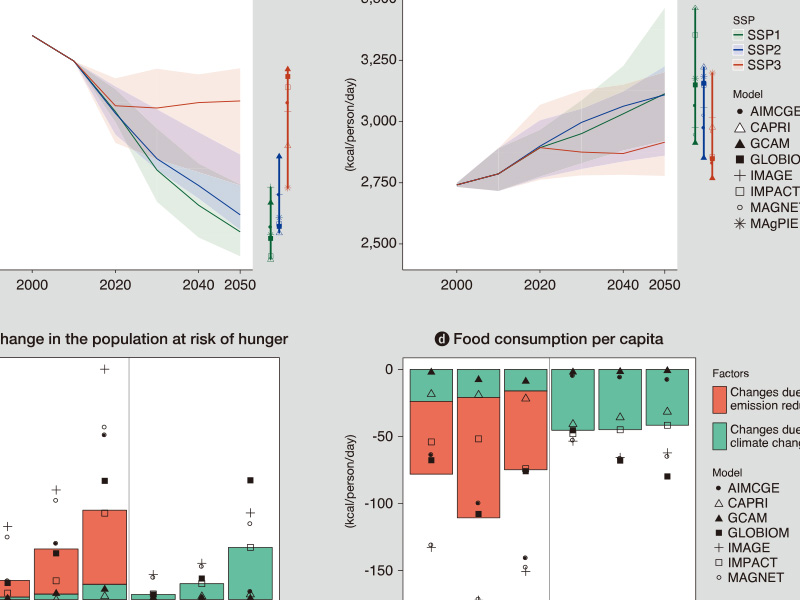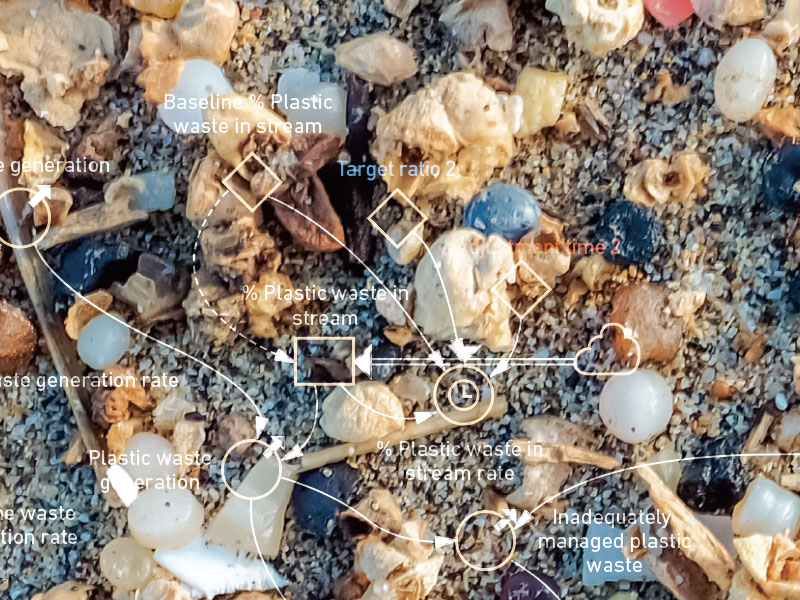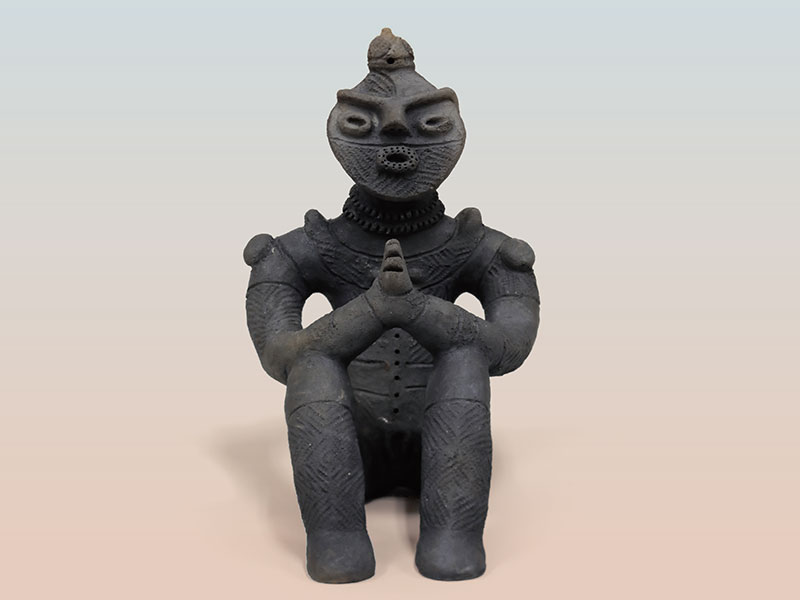STORY #4
Rethinking the Modern Population Problem From the Perspective of the Jomon Era
Oki Nakamura
Assistant Professor, Ritsumeikan-Global Innovation Research Organization
National treasure Gassho Dogu (replica)
[Excavated ruin] Unearthed at the Hachinohe City Kazahari 1 ruin site,
[Period, Age] The latter half of the Late Jomon period Approximately 3,500 years ago
Development of a new calculation method to estimate the population of the Jomon period
In the history of humanity in the Japanese archipelago, the period spanning from approximately 15,000 years ago to about 2,500 years ago is called the Jomon era. During this time, various local cultures were nurtured based on a foundation of a multifaceted subsistence economy that included gathering, fishing, hunting, and cultivation. Oki Nakamura, who specializes in archaeological and historical studies using quantitative analytical methods, such as statistical analysis, says, “In recent years, this period has often been talked about for its attractive shapes or clay work, such as the flame-style potteries and clay figurines. But the Jomon period is quite interesting as the subject of research on small-scale social systems.”
“In terms of the fact that people live their lives by adapting to natural and social environments, the modern society and the Jomon period have something in common,” Nakamura says. For Nakamura, one of the most important indicators of human activity and the social environment of the past is population. “The size of the human population in a place, that is, the increase or decrease in the population, has an impact on the economic system necessary for the survival of the community there. In addition, it affects how organizations are structured within a social system, changes the relationship between their members, and has a psychological impact on people. These become the fluctuations that change social consciousness and values,” Nakamura says. Thus, he became aware of the importance of population studies and began updating the population estimates of the Jomon period for the first time in approximately 40 years. The new method he devised for this purpose is garnering attention throughout the academic community.
The most accurate way to determine population size is to count the exact number of people. “However, this is only possible for periods after the first half of the 18th century when the national population survey began. Unfortunately, the family registers of the Nara period remain only in fragments,” Nakamura says. To know the population before that time, the only method available is to use data relating to the number of people to make an indirect estimation. For example, a common way to estimate a population in the field of historical demography is to determine the total area of rice fields and to calculate the number of people those paddies can sustain based on their harvest per unit area. Nakamura has named this method as the multiplication method and thought of applying it to estimating the population of the Jomon era.
The most powerful data related to the population in the Jomon period is the number of pit-buildings (dwellings). If we can find the total number of dwellings that were available during the Jomon period, we can multiply that number by the number of residents to determine the population. However, the issue is that pit-building sites discovered so far do not reflect all the buildings built during that period. Therefore, Nakamura came up with a method to estimate what percentage of the total number of pit buildings built in the Jomon period the currently discovered pit-buildings represent.
To find out, he turned to the Tohoku region, for which the literature from the Jomon period and the archeological materials of the pit-buildings are available. “First we assume the population during the first half of the 10th century in the northern region between Aomori Prefecture and the northern parts of Iwate and Akita prefectures to be 320,000, based on prior studies that calculated the population according to farmland area, as recorded in an old document called Wamyo Ruijusho (Japanese names [for things], classified and annotated).
On the other hand, approximately 4,800 building sites from the period have been discovered. If we assume the number of residents to be four per household, then we can assume that during that same time, approximately 80,000 pit-buildings would have existed in the northern region.” These numbers could inform us of the current discovery rate of the pit-building sites.
In addition, if we multiply the number of pit-buildings found in the target region with the inverse of the discovery rate and the number of people living per house, we will be able to estimate the regional population [Formula A].
“What we need to take into consideration is time,” Nakamura continues. To determine any change in the number of pit-buildings over time, the shapes of the earthenware and their radiocarbon ages are used. Since earthenware do not all change at a fixed speed, the time span between each earthenware type emerging, from the early to late Jomon period (approx. 7,000 to 2,500 years ago), could be as wide as 80 years to 350 years. Nakamura converted these numbers to 25-year spans and calculated the estimated population. He used this calculation method to estimate the populations of Hachinohe City in Aomori Prefecture and Kitaakita City in Akita Prefecture, during the Jomon period per pottery type. [Formula B]

Nakamura further investigated the relationship between population trends and changes in the regions, and regional archaeological materials. His explorations yielded intriguing results. One of them has to do with the relationship between the stone circles that began to appear in the Northern region of Tohoku, approximately 4,000 years ago, in the Late Jomon period, and the population. Stone circles are large monuments that have a few thousand stones laid in the form of a circle with a diameter of approximately 30 to 40 m. They are thought to have been used for rituals. Nakamura compared the time at which the stone circles were made to the population change and found that many stone circles appeared around the times at which populations increased. “When population increases, food shortages occur, and the resource environment deteriorates. In addition, human relationships and society become more complex, and issues stemming from heightened emotions tend to rise. Perhaps, the rituals at the stone circles came into being as ways of resolving socio-environmental problems and helping facilitate communication among the members of the society,” Nakamura conjectures. The additional fact that regions with high population densities coincide well with the distribution of stone circles supports this hypothesis.
Nakamura also considers why those painstakingly created stone circles were eventually discarded. “The population started to decline approximately 3,800 years ago, and people stopped using the stone circles. However, a new style of rituals using clay figurines began to appear. It seems as though the people had responded to the changes in their social environment, which were caused by a population decline, by creating new rituals,” he says. “At present, caught between individualism and globalization, we may have lost sight of the purpose and necessity of small systems such as local communities,” he continues. “Perhaps that is where the significance lies in studying the small-scale societies of the Jomon period in these modern times.”
How did ancient peoples respond to increases and decreases in population? Our modern civilizations have not experienced major population decreases. “It is by unraveling the past that we can find important clues to approaching present population problems,” Nakamura points out. By understanding the cultures and societies of the past, we can acquire new perspectives to our present. “This is what makes archeological research a real pleasure,” Nakamura concludes.

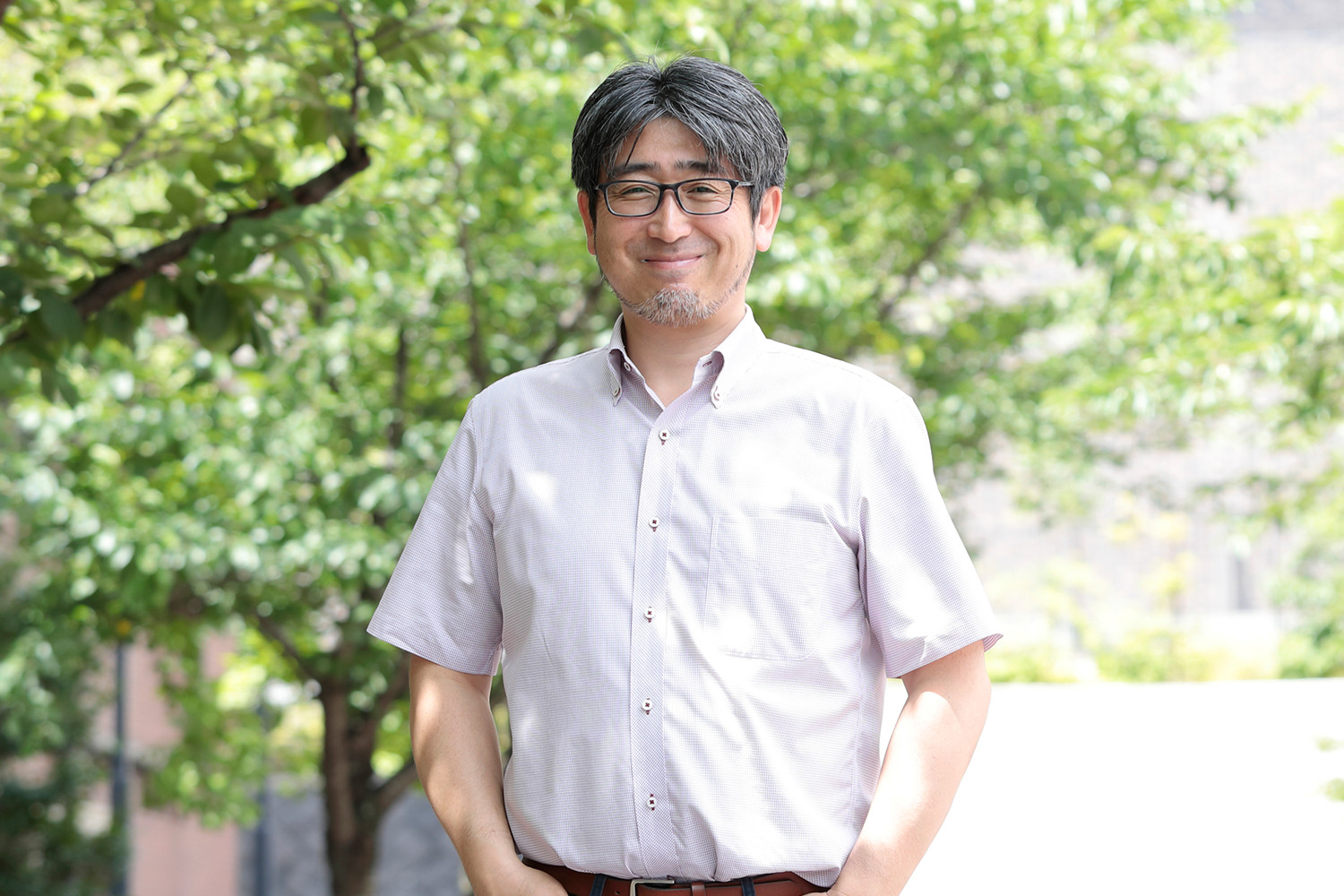
- Oki Nakamura
- Assistant Professor, Ritsumeikan-Global Innovation Research Organization
- Research Themes: Quantitative research concerning population change and social change in the Jomon period, early modern and modern food culture studies utilizing geographic information systems, cultural resources management through collaboration between archaeology and contemporary art
- Specialties: Archaeology, eating habits, cultural assets study and museology, statistical science
